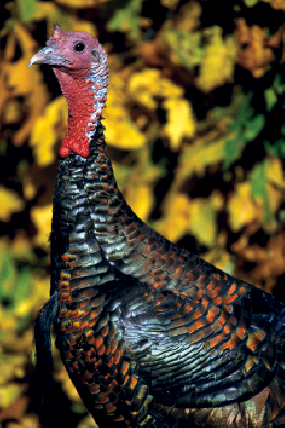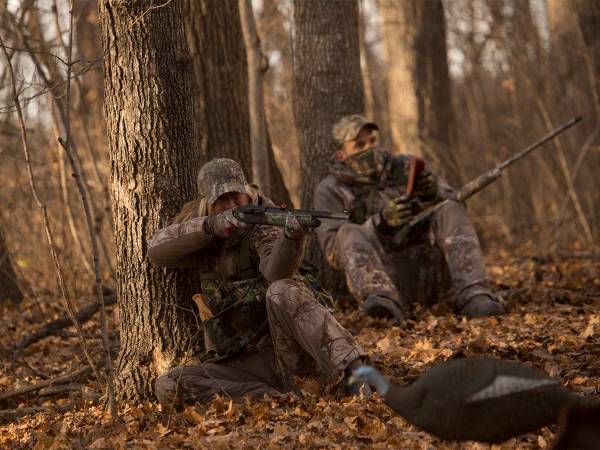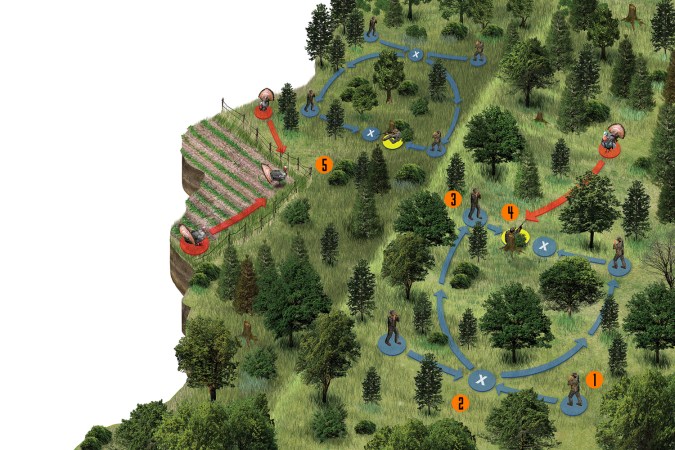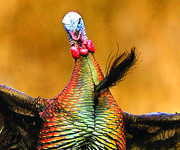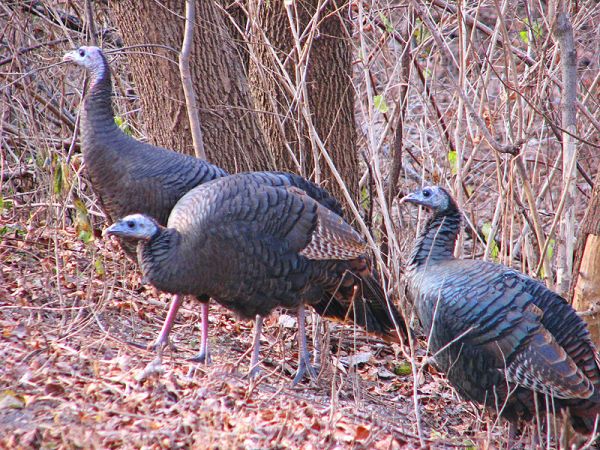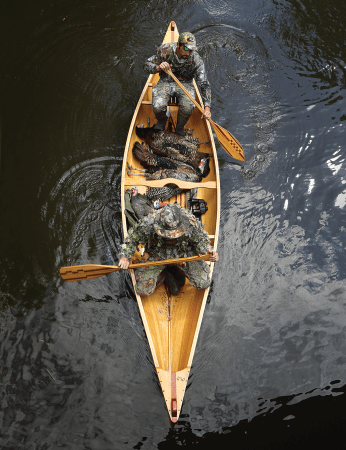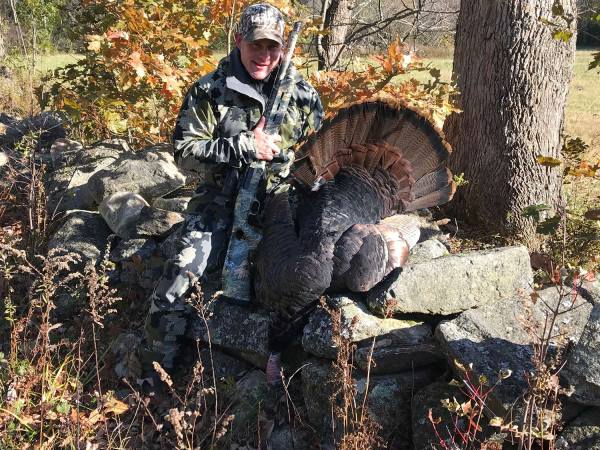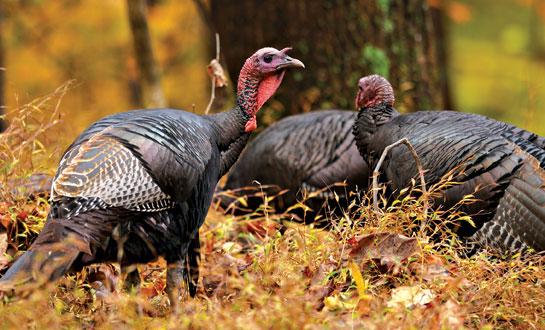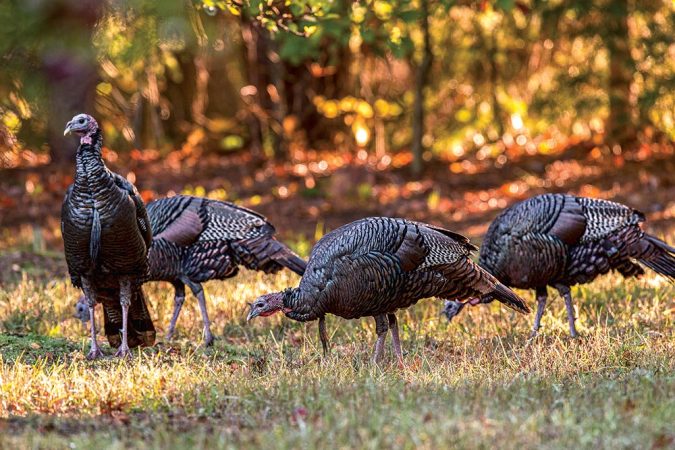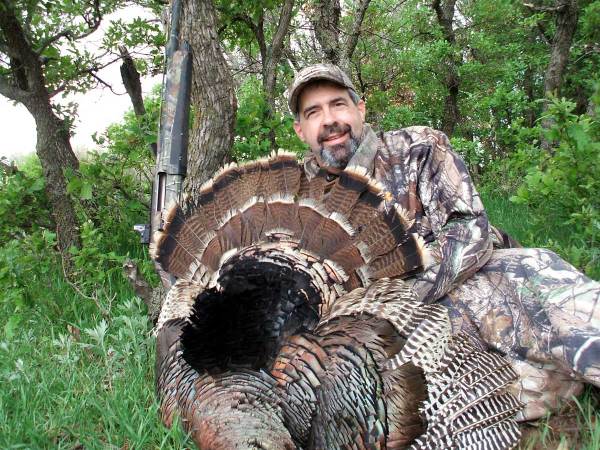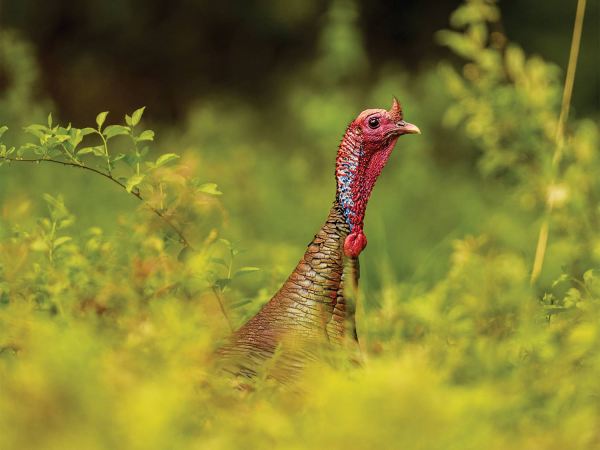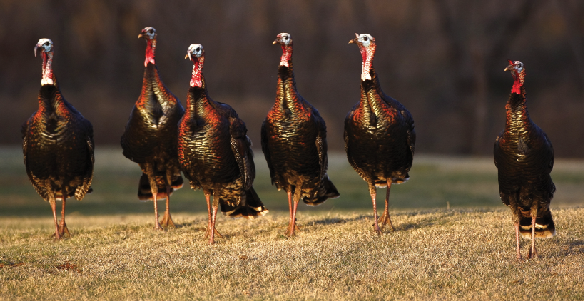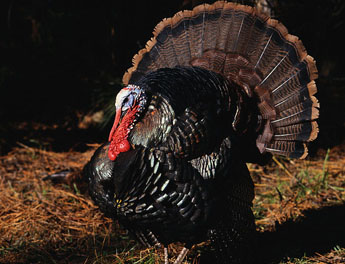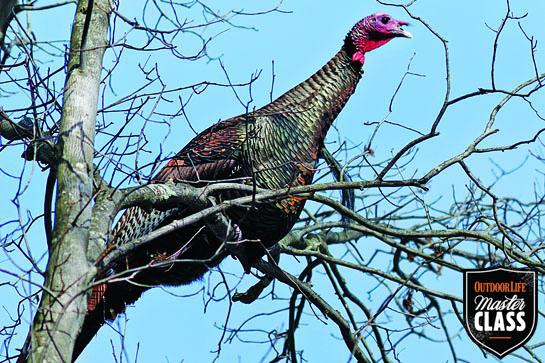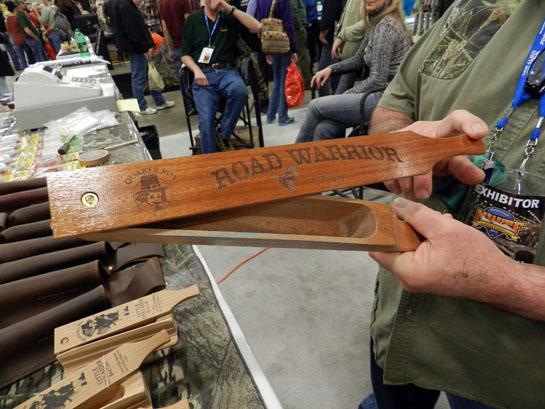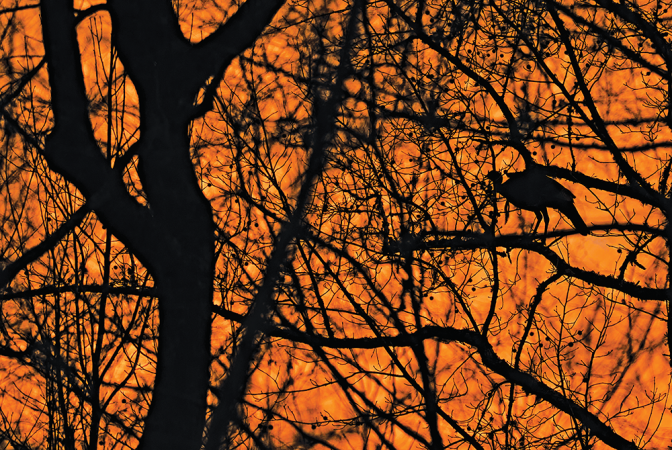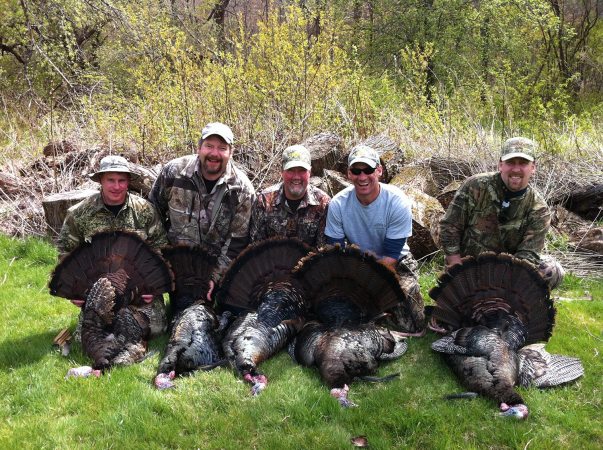One of the biggest myths of hunting is that male turkeys respond to calling only in the spring. The fact is, toms gobble all fall, too, and are sometimes more vocal in autumn than in spring. And they can be very responsive to a call.
Just as in the spring, a hunter’s job is to get gobblers excited, because that’s when they make mistakes. And to do that, you have to sound like a gobbler when you call, imitating a newcomer that’s challenging the old boys’ club. It’s a pecking order thing. They come to the calling because they want to see who you are, and because they want to kick your behind.
Finding Fall Gobblers
Unlike in spring, turkeys are driven by food in the fall rather than the need to reproduce. Therefore, scouting food sources is one of the best ways to find fall toms. In early autumn, look for soft-mast foods such as hawthorn, dogwood berries, wild grapes, persimmons and crab apples.
Rounding out the fall smorgasbord are a variety of insects, assorted seeds, grasses, cherries and agricultural crops of clover, beans, small grains and waste grain that’s left on the ground in freshly harvested fields.
Later in the autumn, turkeys feed primarily on hard mast dropped by a variety of oaks and maples, as well as other trees that produce nutlike seeds. However, trees don’t produce these every year, so the trick is to know the foods turkeys prefer and to find which foods are available in your hunting area.
As long as the habitat and food sources don’t change, neither will fall roost locations, and these bedrooms are the best places to begin your fall hunt.
Always set up tight on a roost way before first light and on the same side or in the same direction as the previous evening’s fly-up. Listen for the first turkey to call, and then duplicate whatever the turkeys do, but with more enthusiasm. If turkeys yelp, you yelp; if they cluck, you cluck, but with more feeling. Work them into a frenzy.
Vocal Distinctions
When it comes to cutting, putting, purring and other sounds, there is no reliable difference between a hen and a tom; they all do it. When a gobbler gets excited, it will sometimes yelp 30 times in a row and do a lot of high-pitched putting.
One way to tell the difference between hen and gobbler yelps is the rhythm. A hen‚Äos note is relatively faster and shorter in length. When a gobbler is yelping, each note is more drawn out, with a slightly slower rhythm. It can also sound coarser or throatier than a hen’s.
A quality slate or glass call is one of the best devices to use on fall turkeys. The slate will produce great soft tree talk, purrs and hen yelps, as well as realistic gobbler yelps. My favorite is the mouth call. I can imitate almost any turkey sound with the diaphragm call, including jake kee-kees, gobbler yelps and cutting.
Gonzo Calling
Calling, pecking order and gobbler social status mean everything when it comes to your success during this time of year. You must call to individual birds in order to strike a chord with the turkeys and bring them in.
Try these calls:
Yelping: Aim to match the volume and pitch, then add emotion and listen for the response.
Purring: Just as in the spring, this is a great way to put nervous birds at ease.
Putting/Cutting: Cutting at a fall gobbler with a bit of an attitude gets it excited and challenges its social status.
